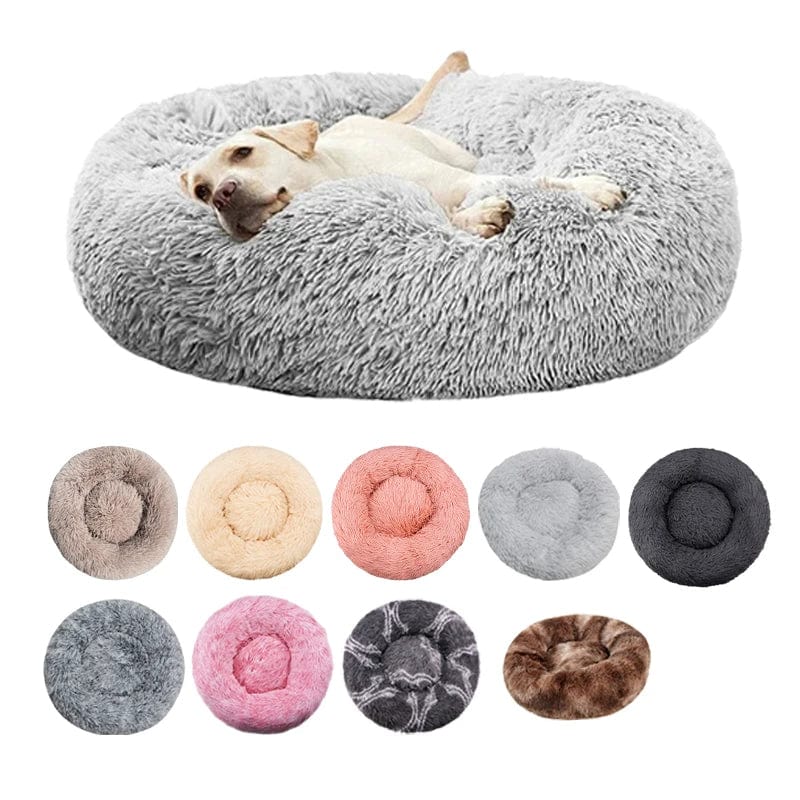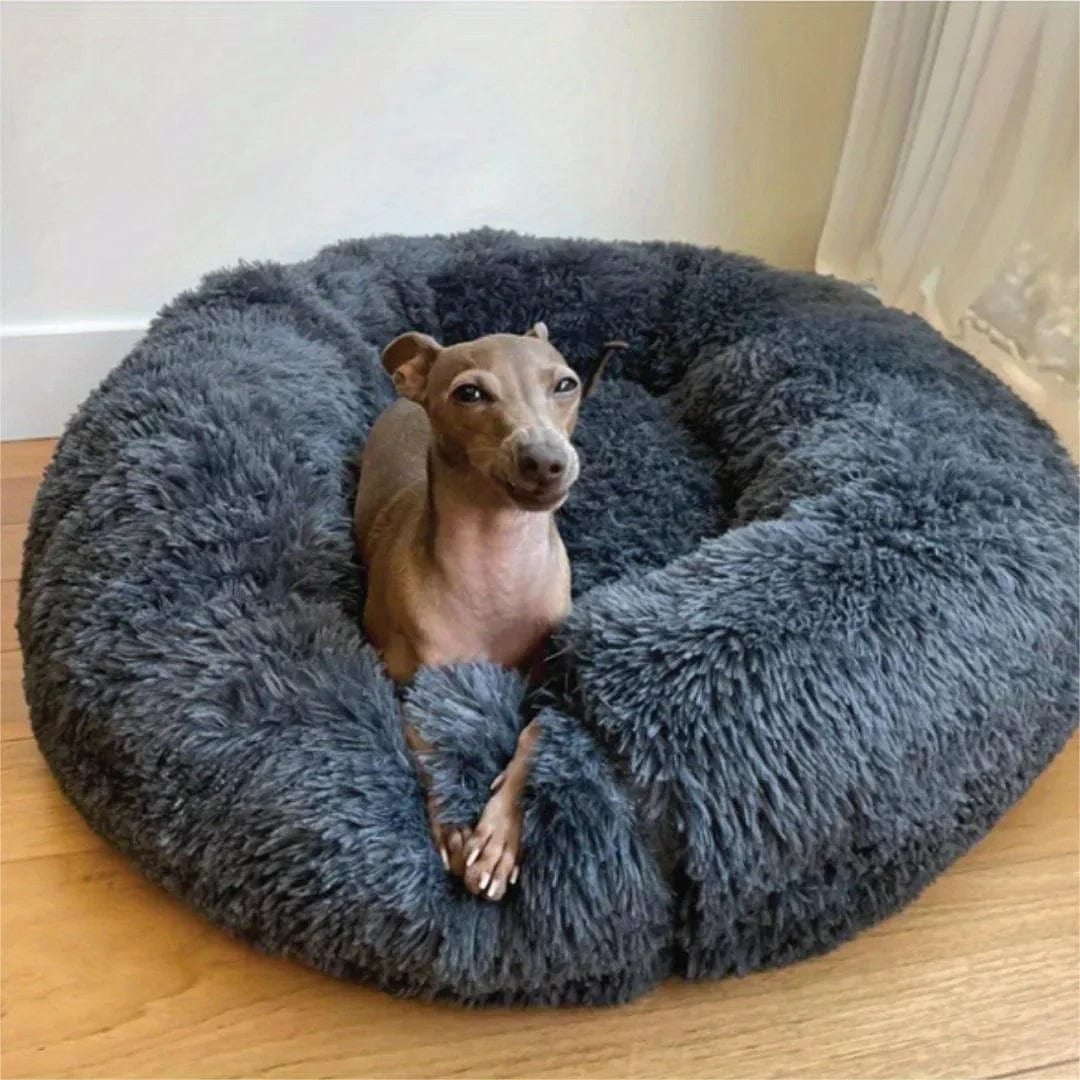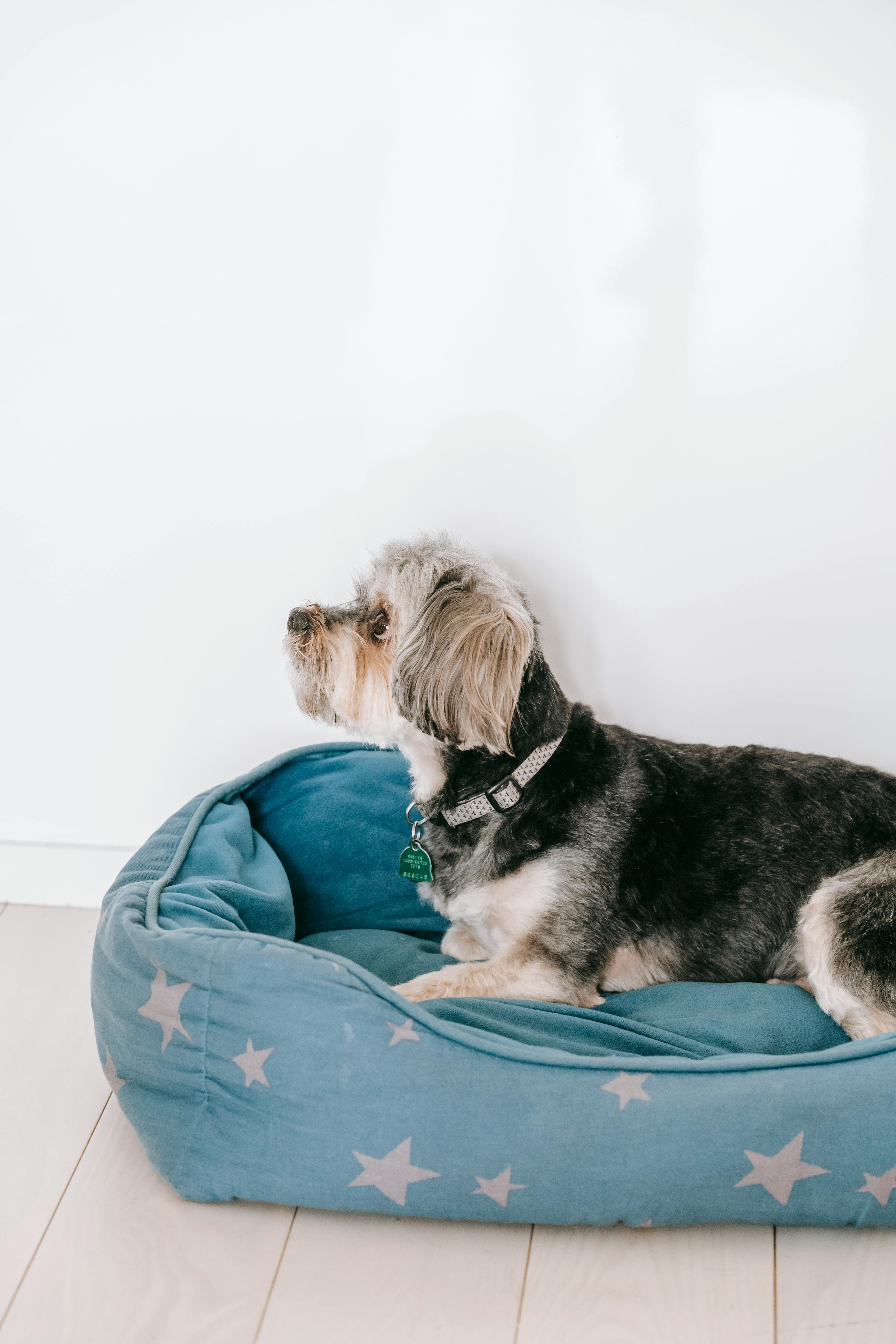Frequently Asked Questions
1. Why is it important for dogs to play independently?
2. How can I create an environment for independent play?
3. What types of toys should I choose for my dog?
4. What training techniques can encourage my dog to play independently?
5. How can I address a lack of interest in toys from my dog?
As pet owners, we want our furry friends to be happy and engaged. Teaching your dog to play independently with toys is an essential part of their development. Not only does it provide them with mental stimulation, but it also gives you a breather when needed. In this article, we will explore various techniques and tips to help you train your dog to enjoy playtime on their own.
Understanding Your Dog’s Play Behavior
Before diving into the training process, it’s crucial to understand how dogs play and what motivates them. Dogs are naturally curious animals, and their playtime often reflects their instincts. Some dogs prefer interactive play, while others may enjoy solo play. Observing your dog’s behavior can help you tailor your training to their unique personality.
Recognizing Play Styles
Every dog has their style of play, which can typically be categorized into two types:
- Interactive Play: This includes games such as fetch, tug-of-war, and chase, where the owner is involved.
- Solo Play: This is when dogs engage with their toys on their own, chewing, or tossing them around.
Identifying which type your dog prefers will help you decide how to train them for independent play.
Setting the Stage for Fun
Creating an environment conducive to independent play is vital. You need to ensure your dog feels comfortable and secure in their play area. Below are some steps to set up the perfect space:
Create a Dedicated Play Zone
Choose a specific area in your home where your dog can romp around safely. This could be a room with adequate space or an enclosed yard. Make sure it’s free of hazards so your dog can play without anxiety.
Introduce Pet-Friendly Welcome Mats
Adding pet-friendly welcome mats in the area not only enhances safety but also makes your dog feel more at home. Mats provide a comfortable space to lie down and interact with their toys without damaging the flooring.
Choosing the Right Toys
The selection of toys can significantly impact your dog’s willingness to play independently. If the toys are not engaging, your dog may lose interest quickly. Here’s how to choose effectively:
Interactive Toys
Opt for toys that stimulate your dog mentally. Puzzle toys that dispense treats can keep their mind occupied, while chew toys can satisfy their natural instinct to gnaw. The key is to mix it up to avoid monotony.
Durability and Safety
Select toys made from safe, non-toxic materials. Durability is essential as some dogs can be rough players. Inspect toys regularly for wear and tear to prevent any choking hazards.
Training Techniques for Independent Play
Now that you have the right environment and toys, let’s focus on effective training techniques to encourage your dog to play independently.
Start Small
Begin training sessions in short increments. Start by engaging your dog with the toys while you are nearby. Gradually distance yourself while encouraging them to keep playing. This step will help them associate playtime with independence.
Positive Reinforcement
Encourage your dog with plenty of praise and rewards when they engage with their toys independently. Treats and affection serve as excellent motivators and reinforce positive behavior. Keep training sessions upbeat and full of fun!
Practice Separation
Slowly introduce short periods of separation where your dog must play without you in the room. Start with just a few minutes and gradually increase the time. Make sure to leave them with their favorite toys to keep their interest alive.
Addressing Potential Challenges
No training process is without its challenges. Here are some common hurdles you may encounter and how to deal with them:
Lack of Interest in Toys
If your dog shows little interest in their toys, try rotating them. Keep a selection of toys accessible but only allow a few at a time to maintain their novelty. This technique can reignite your dog’s curiosity and engagement.
Overexcitement
Some dogs may initially become too excited and find it hard to play calmly. Use calming techniques, such as creating a peaceful atmosphere or using soft background music during playtime to help them settle.
Encouraging Self-Play in a Fun Way
Making independent play enjoyable will help your dog develop a routine they look forward to. Here are some ideas to spruce up their playtime:
Interactive Play Dates
If your dog enjoys being around other dogs, consider organizing playdates. This interaction can stimulate their interest in playing, and observing other dogs can inspire them to try new playing styles.
Incorporating Training into Play
Mix training commands with play. For example, when your dog picks up a toy, teach them to "drop it" or "bring it." Making playtime educational keeps their minds sharp and encourages self-play.
Monitoring and Evaluating Progress
As with any training regime, monitoring your dog’s engagement levels is essential. Assess their progress over time to see how well they are adopting independent play habits.
Adjust Training as Needed
If you notice a decline in your dog’s interest or enthusiasm for playing alone, reassess the situation. Consider refreshing their toy collection, adjusting the training techniques, or spending more quality interactive time with them to encourage balance.
A Lasting Impact on Independence
Teaching your dog to play independently benefits both you and your furry friend. When dogs can entertain themselves, they become happier and more confident. During these training sessions, always remember to nurture your bond with your dog. The trust you build will make them more likely to engage in self-play happily.
By creating a play-friendly environment with engaging toys and using positive reinforcement, you will be setting the stage for a dog who enjoys their own company. Embrace the journey and watch as your pup flourishes in their ability to entertain themselves!
Throughout this process, don't forget to enrich your dog’s play area with pet-friendly welcome mats for added safety and comfort. Happy training!



